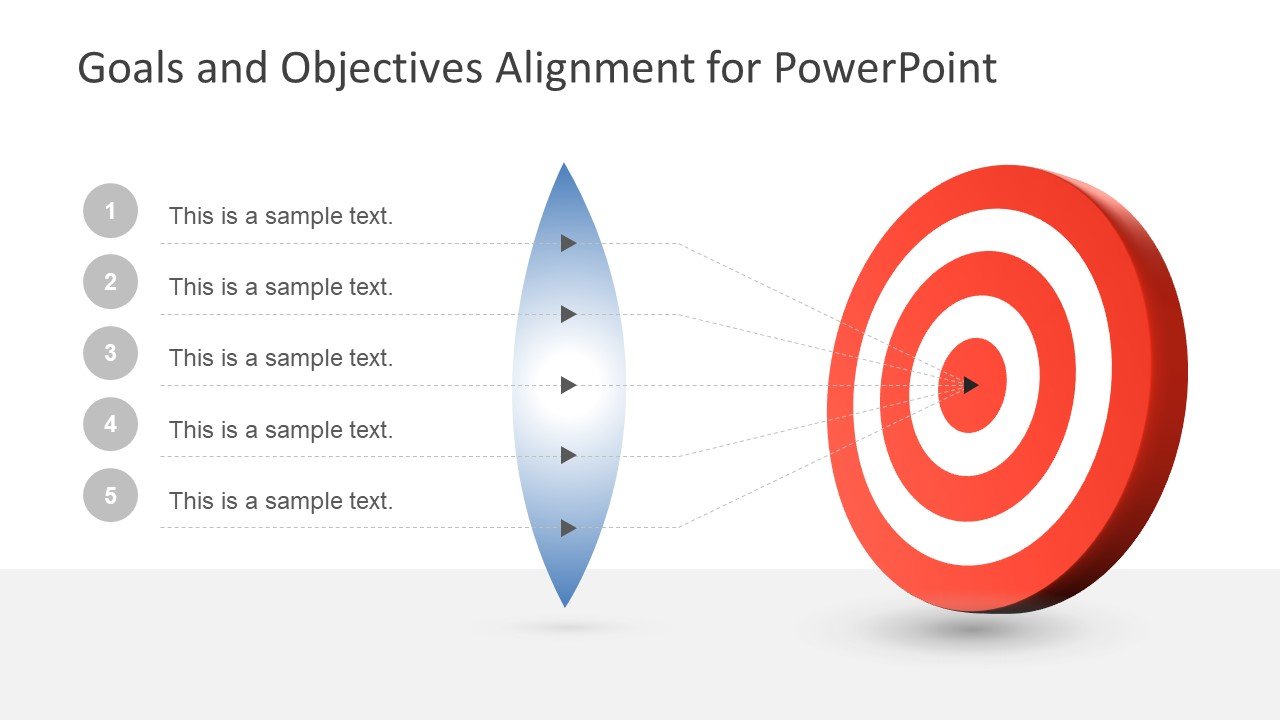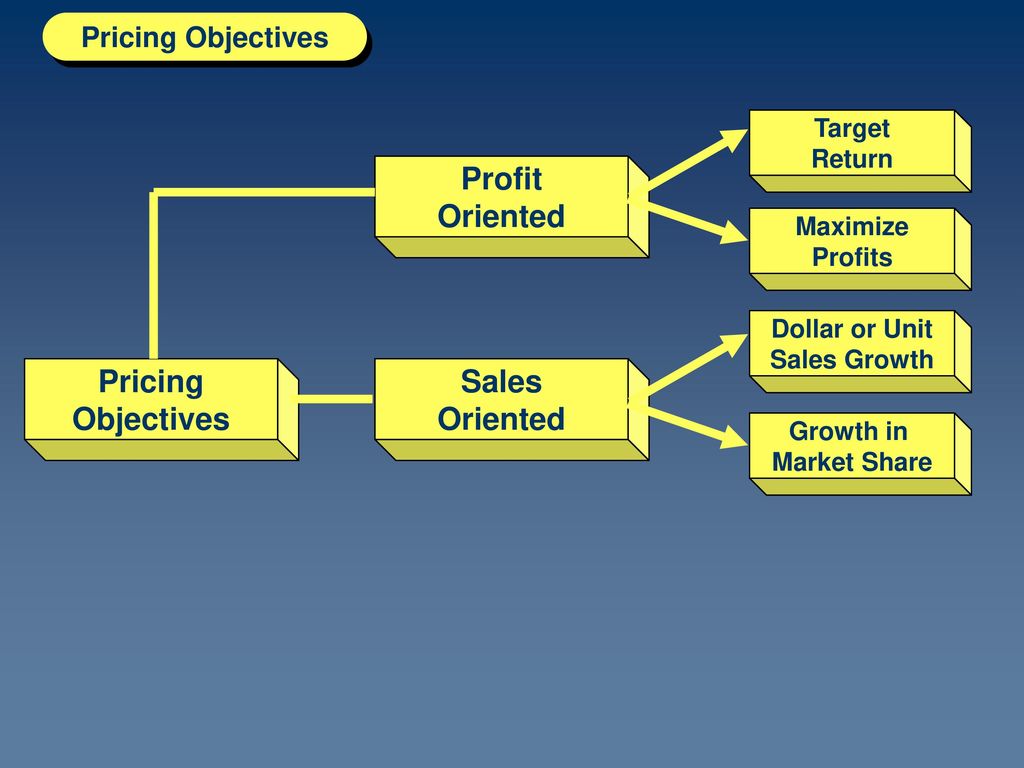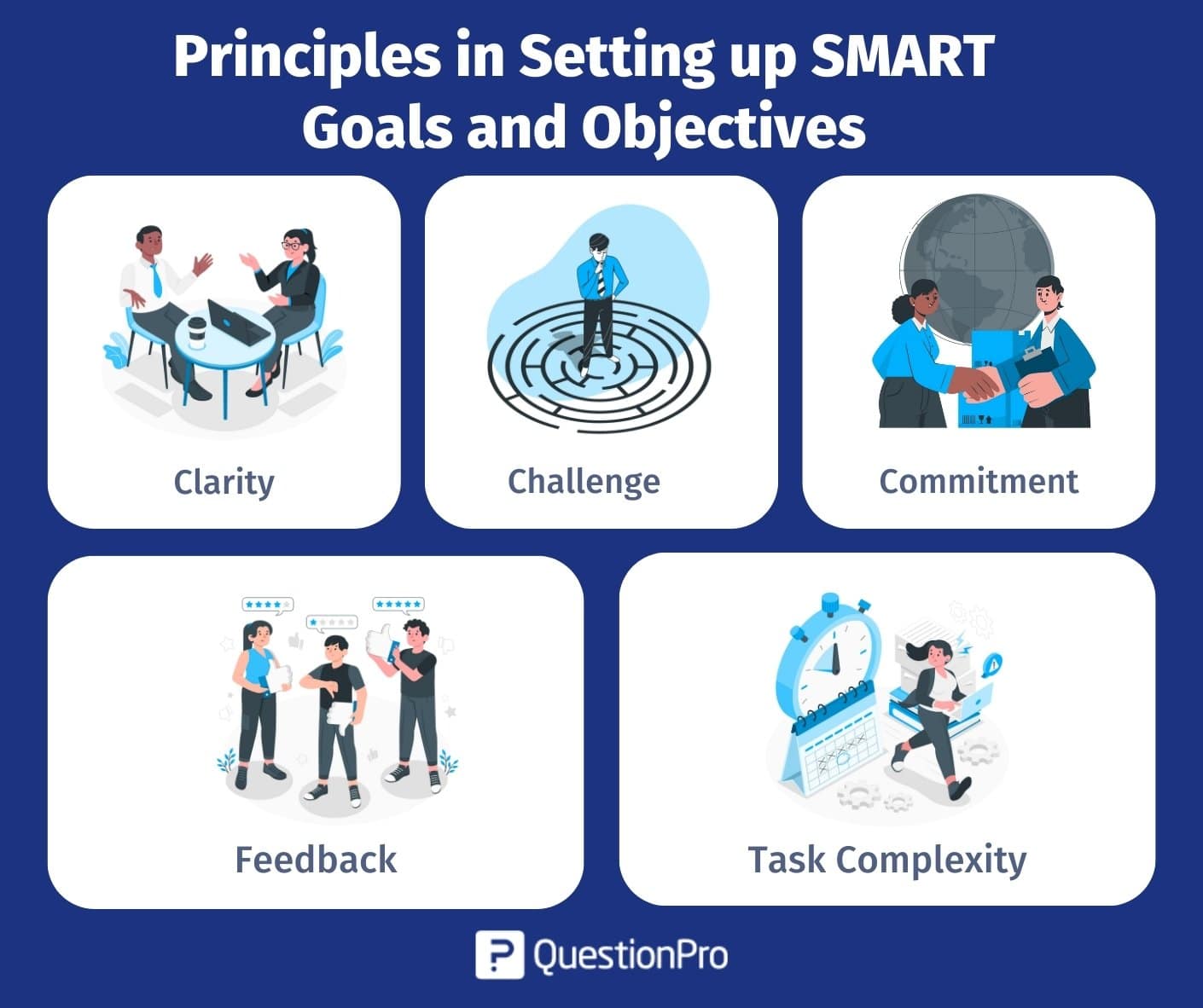A Target Return Objective Can Be Described As

Imagine standing at the edge of a vast orchard, ripe with possibilities. Each tree represents an investment, each fruit a potential return. But how do you decide which tree to nurture, which fruits to pick first? That's where a target return objective comes into play, acting as your personalized harvest plan, guiding your steps and shaping your strategy.
At its core, a target return objective is a specific, measurable, achievable, relevant, and time-bound (SMART) goal for your investments. It essentially defines the level of profit or return you aim to achieve over a defined period. Understanding and setting a well-defined target return objective is crucial for anyone navigating the world of investing, whether you're a seasoned professional or just starting to explore the landscape.
Understanding the Target Return Objective
Let's break down what a target return objective entails and why it's so important.
A target return objective can be described as the sweet spot between aspiration and reality. It's not simply wishing for the highest possible return; it involves carefully considering your financial goals, risk tolerance, and time horizon.
Think of it as your financial North Star. It provides direction, keeps you focused, and helps you make informed decisions along the way.
The Foundation: Goals, Risk, and Time
Several key elements shape a robust target return objective. First, your financial goals are paramount. What are you investing for?
Is it for retirement, a down payment on a home, your children's education, or simply to grow your wealth? The nature and timing of your goals will significantly influence the return you need to target.
Next, consider your risk tolerance. How comfortable are you with the possibility of losing money in pursuit of higher returns?
Aggressive investors might be willing to take on more risk for the potential of higher rewards, while conservative investors prioritize capital preservation. Your target return should align with your comfort level.
Finally, time horizon is crucial. How long do you have to achieve your goals?
A longer time horizon allows for more aggressive investing strategies, as there's more time to recover from any potential losses. Shorter time horizons generally necessitate a more conservative approach.
Building Your Target Return Objective
Creating a meaningful target return objective isn't a one-size-fits-all process. It requires careful self-reflection and a solid understanding of the investment landscape. Let's explore some key steps.
1. Define Your Goals with Clarity
Start by clearly articulating your financial goals. Be specific. Instead of saying "I want to retire comfortably," quantify what that means to you.
How much income will you need in retirement to maintain your desired lifestyle? When do you plan to retire? The more specific you are, the easier it will be to calculate the necessary rate of return.
2. Assess Your Risk Tolerance Honestly
Take the time to understand your true risk tolerance. Numerous online quizzes and questionnaires can help you gauge your comfort level with market volatility. Be honest with yourself.
It's better to aim for a slightly lower return that you're comfortable with than to chase high returns that keep you awake at night with worry.
3. Understand the Market Environment
Familiarize yourself with the current market conditions and economic outlook. Interest rates, inflation, and geopolitical events can all impact investment returns. Consult with a financial advisor or do your own research to stay informed.
4. Choose Your Investment Vehicles Wisely
Select investment vehicles that are appropriate for your risk tolerance and time horizon. Stocks, bonds, mutual funds, exchange-traded funds (ETFs), and real estate all offer different risk-return profiles.
A diversified portfolio that combines different asset classes can help you achieve your target return while managing risk.
5. Monitor and Adjust
Your target return objective isn't set in stone. As your circumstances change (e.g., changes in income, expenses, or time horizon), you may need to adjust your target return and investment strategy accordingly.
Regularly monitor your portfolio's performance and make adjustments as needed to stay on track. A good financial advisor can help you with this process.
The Significance of a Well-Defined Objective
The benefits of having a well-defined target return objective are manifold. It provides a framework for making rational investment decisions, helps you avoid emotional reactions to market fluctuations, and increases the likelihood of achieving your financial goals.
Without a clear target, investing can feel like wandering through the orchard aimlessly, picking whatever looks appealing at the moment. A target return objective provides focus and discipline.
According to a study by Vanguard, investors with clearly defined goals and a written financial plan tend to achieve better investment outcomes than those who don't. This highlights the importance of planning and setting specific targets.
Examples in Action
Let's illustrate with a few examples. Sarah, a 30-year-old professional, aims to retire comfortably at age 65.
Based on her current income, expenses, and projected retirement lifestyle, she estimates needing $2 million in retirement savings. Factoring in inflation and investment returns, her financial advisor recommends a target return of 7% per year.
On the other hand, David, a retiree, primarily seeks to preserve his capital while generating income. His target return objective is a more conservative 4% per year, focusing on dividend-paying stocks and high-quality bonds.
The Role of Professional Guidance
While it's certainly possible to develop a target return objective on your own, working with a qualified financial advisor can be invaluable. They can provide expert guidance, help you assess your risk tolerance accurately, and create a personalized investment plan tailored to your specific needs and goals.
A good advisor can also help you stay on track, especially during times of market volatility. They can act as a sounding board, providing objective advice and preventing you from making rash decisions based on emotions.
Remember, choosing the right financial advisor is a critical decision. Look for someone who is experienced, trustworthy, and fee-based, meaning they are compensated based on the assets they manage rather than commissions on specific products. This helps ensure their advice is aligned with your best interests.
Looking Ahead
In conclusion, a target return objective is more than just a number. It's a roadmap to your financial future, guiding your investment decisions and helping you achieve your goals. It is a SMART goal to attain financial success.
By taking the time to define your goals, assess your risk tolerance, and understand the market environment, you can create a meaningful target return objective that sets you on the path to long-term financial success. Embrace the journey, stay informed, and don't be afraid to seek professional guidance along the way.
As you cultivate your investment orchard, remember that careful planning and consistent effort will yield the sweetest and most rewarding fruits.

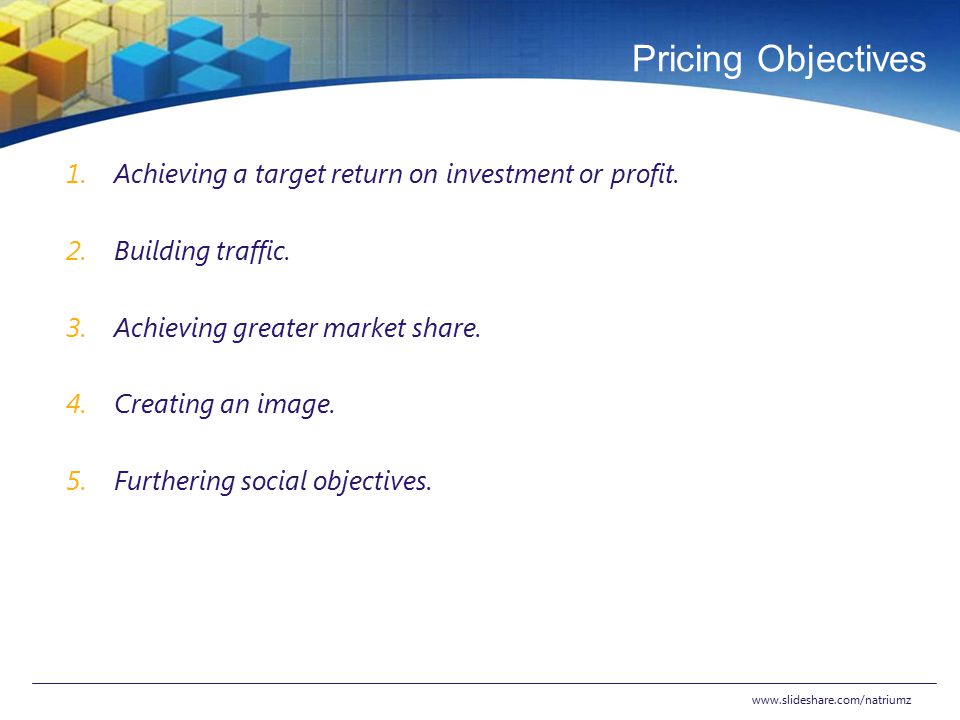
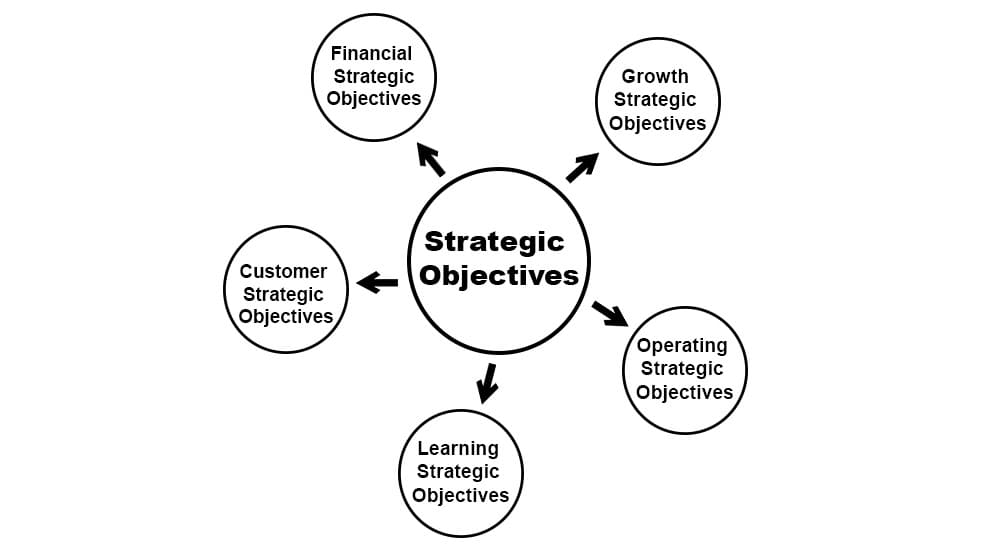



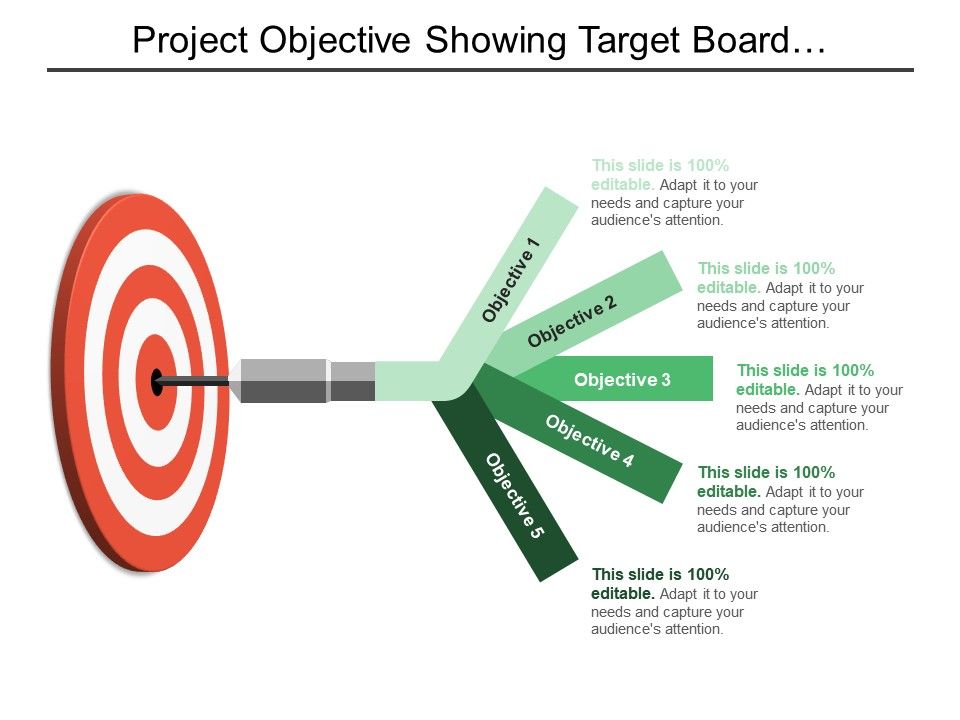
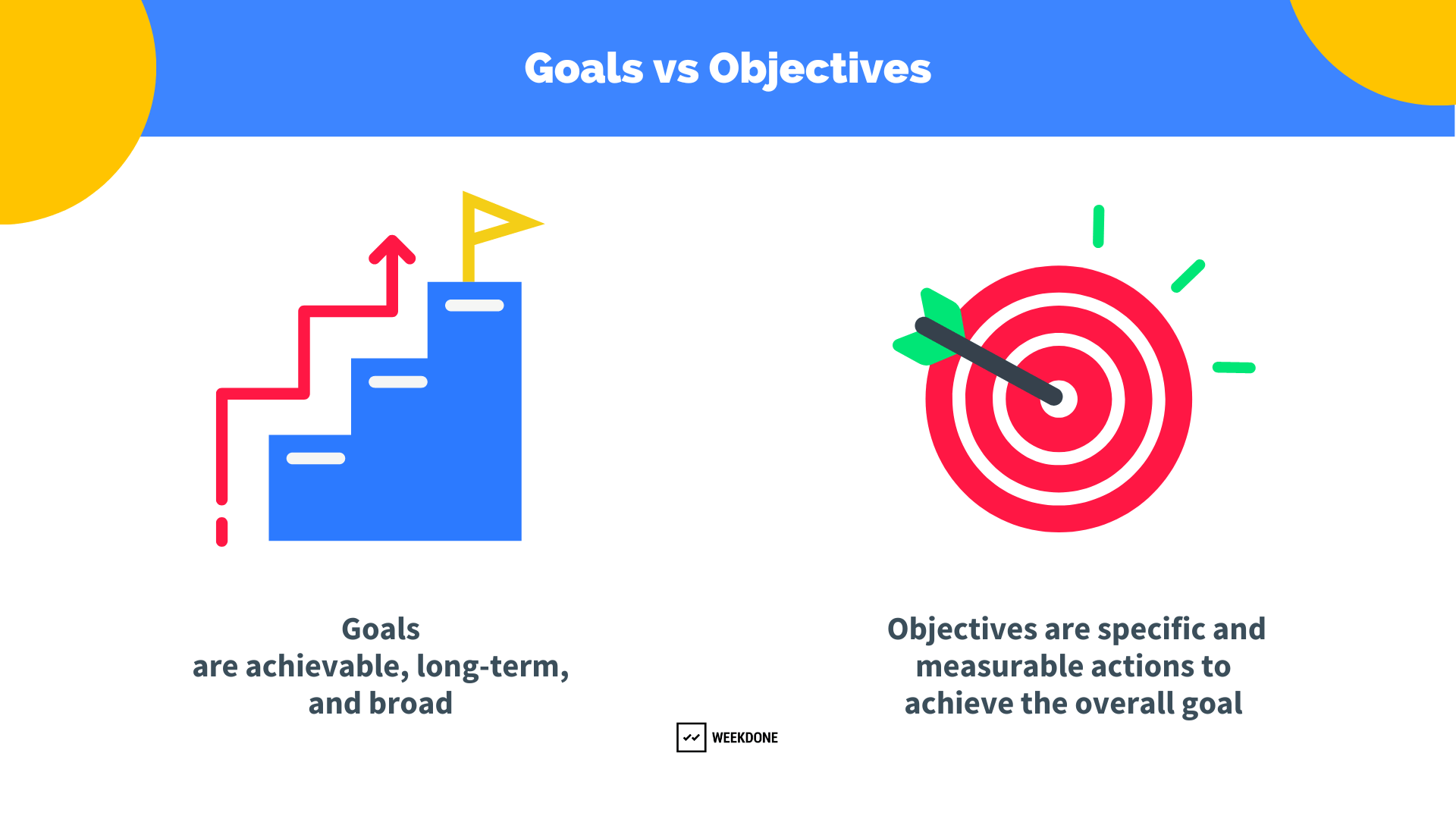

.jpg)

